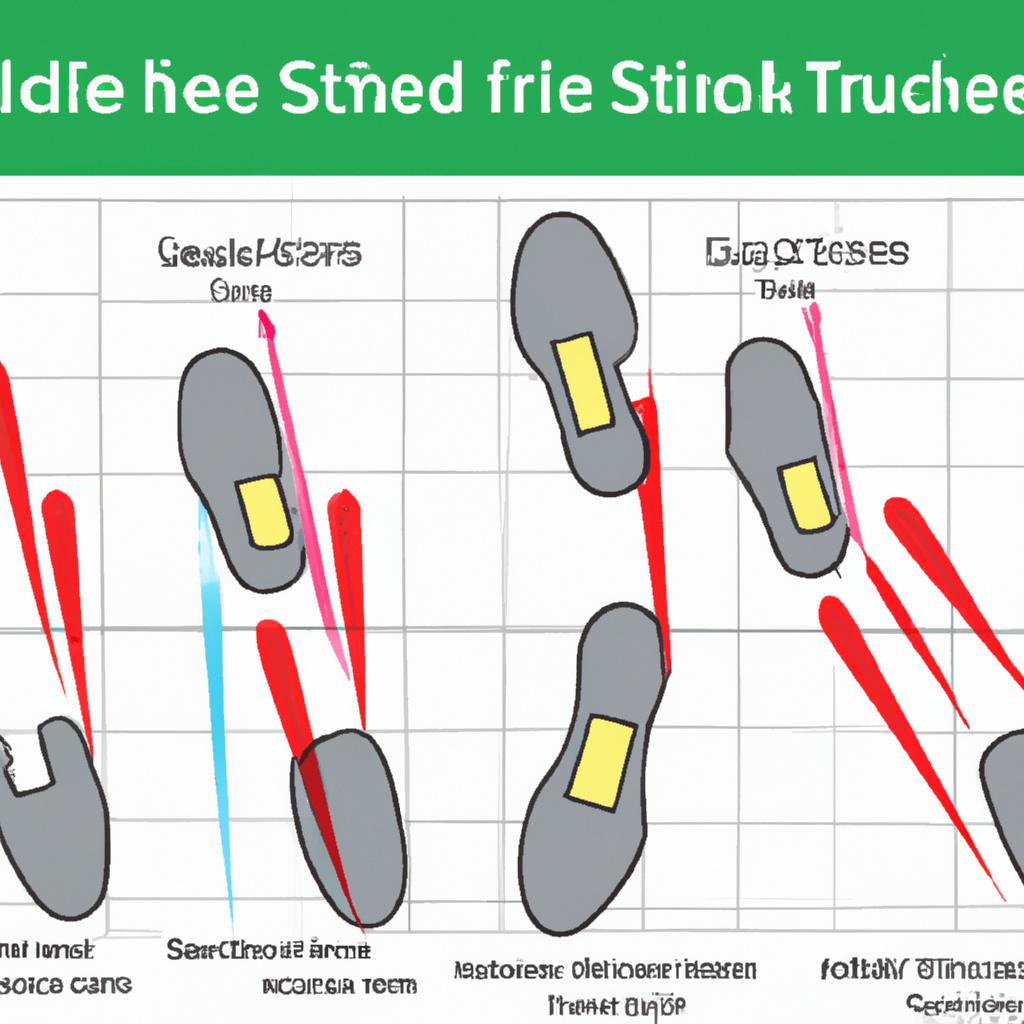Analyzing Foot Strike Patterns: How Different Strides Affect Running Efficiency and Injury Prevention
# Analyzing Foot Strike Patterns: How Different Strides Affect Running Efficiency and Injury Prevention
Running is one of the most accessible forms of exercise, but not all running techniques are created equal. A key factor in running efficiency and injury prevention lies in understanding foot strike patterns. The way your foot strikes the ground can significantly influence how energy is used during a run and how your body withstands the repetitive impact. In this blog post, we will delve into different foot strike patterns, their implications on running efficiency, how they can help prevent injuries, and some essential tips for nutrition, exercise, and health benefits related to running.
## Understanding Foot Strike Patterns
Foot strike refers to the part of the foot that makes contact with the ground during each stride. Generally, foot strikes can be categorized into three main types: heel strike, midfoot strike, and forefoot strike.
### Heel Strike
The heel strike is the most common foot strike pattern among recreational runners. In this pattern, the heel makes contact with the ground first.
#### Pros and Cons
While a heel strike can provide stability, it can also create a larger impact force that travels up the leg, potentially leading to injuries such as shin splints and knee pain. Additionally, heel strikers may experience a slower turnover rate, which can affect running efficiency.
### Midfoot Strike
In midfoot striking, the middle of the foot lands flat on the ground.
#### Pros and Cons
This pattern allows for better shock absorption and promotes a more natural running form. Midfoot strikers often enjoy a balanced gait, which can enhance efficiency. However, it may take time for those transitioning from heel striking to adapt fully.
### Forefoot Strike
The forefoot strike involves landing on the balls of the feet, typically favored by sprinters and experienced runners.
#### Pros and Cons
This technique can improve speed and agility, but it requires strong calf muscles and can lead to increased strain on the Achilles tendon if not executed correctly. Runners must also be cautious about their form to avoid injuries related to excessive calf strain.
## Nutrition Tips
Proper nutrition plays an essential role in supporting your running performance and recovery. Here are some tips to optimize your diet:
1. **Carbohydrates are Key**: As a primary energy source, complex carbohydrates such as whole grains, fruits, and vegetables should make up a significant portion of your diet. They provide the fuel needed for endurance runs.
2. **Protein for Recovery**: Incorporate lean proteins like chicken, fish, beans, and nuts into your meals. Protein aids in muscle recovery and repair after a run.
3. **Stay Hydrated**: Hydration is crucial for optimal performance. Aim to drink water before, during, and after your runs. Electrolyte drinks can also help replenish lost minerals during longer workouts.
4. **Timing Matters**: Consume a balanced meal or snack containing carbohydrates and protein about 30 minutes before running. This strategy can enhance energy levels and performance.
## Exercise Advice
In addition to focusing on foot strike patterns, incorporating a well-rounded exercise regimen can further improve running efficiency and reduce the risk of injury.
### Strength Training
Engaging in strength training exercises, especially for the core and lower body, can significantly improve your running form. Focus on exercises such as squats, lunges, and planks to build strength and stability.
### Flexibility and Mobility
Incorporate stretching and mobility exercises into your routine. Dynamic stretches before a run can enhance flexibility, while static stretching afterward can aid recovery. Yoga and foam rolling are excellent options to improve overall flexibility and reduce muscle tightness.
### Gradual Transition
If you plan to change your foot strike pattern, do so gradually. A sudden change can lead to stress injuries. Start by incorporating short runs with the new stride and gradually increase duration and intensity.
## Health Benefits
Running, regardless of foot strike pattern, offers numerous health benefits:
1. **Cardiovascular Health**: Regular running strengthens the heart and improves circulation, reducing the risk of cardiovascular diseases.
2. **Mental Well-Being**: Running releases endorphins, which can help reduce stress and anxiety. It’s an excellent way to boost mood and improve mental clarity.
3. **Weight Management**: Running is an effective calorie-burning exercise that can aid in weight loss and maintenance when combined with a balanced diet.
4. **Bone Health**: The impact of running helps in building and maintaining bone density, which















Post Comment